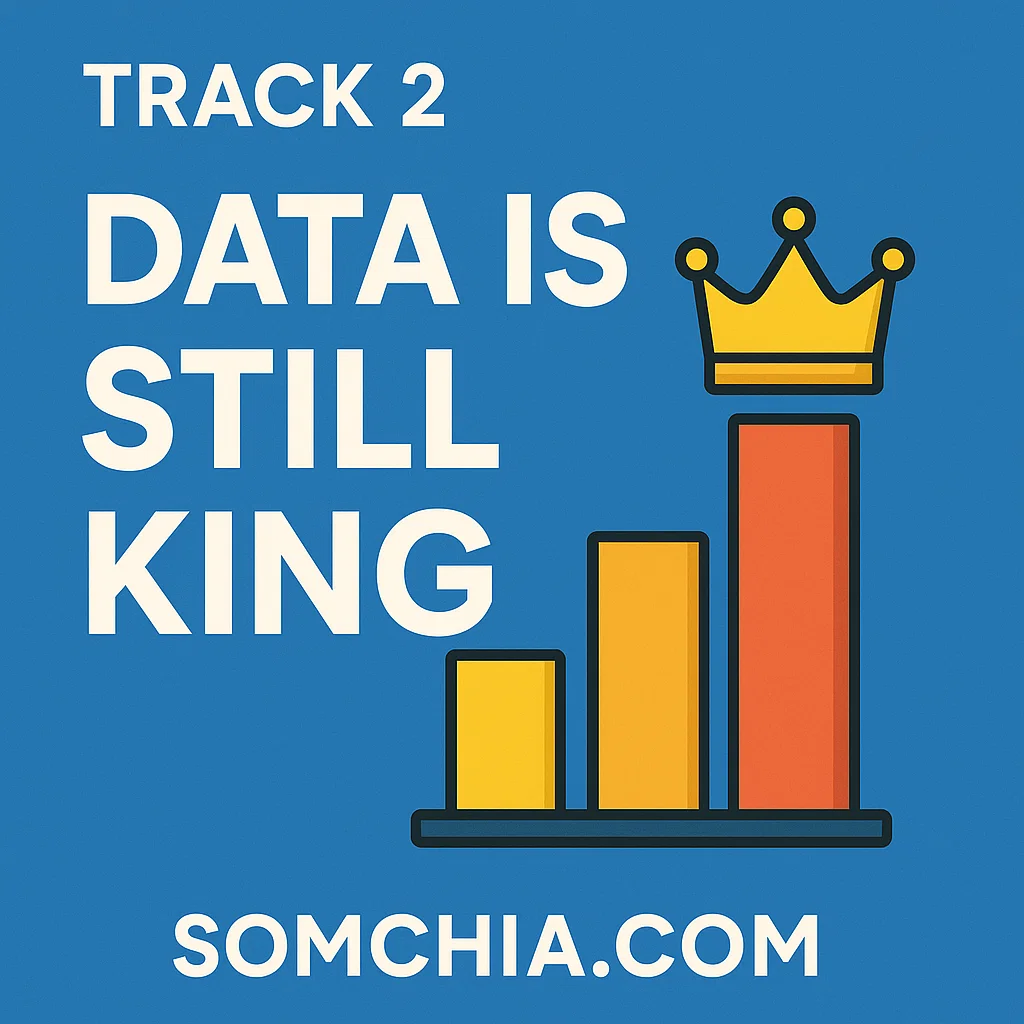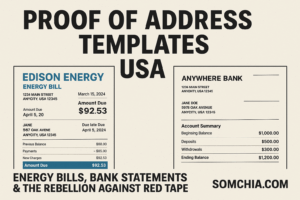The Underworld of Payment Card Fraud
The dark web remains a digital underworld where cybercriminals thrive, exploiting weaknesses in global financial systems. Among the most valuable pieces of stolen data? Track 2 data — a small string of numbers that, when paired with the right hardware and access, can generate thousands in illicit revenue.
This article dives into how Track 2 data has been used to pull in $4K a day from cloned cards, the tools involved, where the data comes from, and what security professionals—and the public—can do to stay ahead of cybercriminals.
What Is Track 2 Data and Why Is It So Powerful?
Track 2 data is stored on the magnetic stripe on the back of debit and credit cards. It typically includes:
-
Primary Account Number (PAN)
-
Card expiration date
-
Service code
-
Discretionary data
This data, unlike Track 1, excludes the cardholder’s name and is used primarily for ATM and POS transactions. It’s this simplicity that makes it easy to replicate and extremely valuable to cybercriminals.
➡️ For more on card technology, see EMVCo’s explanation of card data.
How Hackers Use Track 2 Data to Make Thousands Daily
1. Acquiring High-Quality Dumps
The first step is acquiring “dumps”—packages of stolen Track 2 data—from dark web marketplaces or Telegram groups. Sources include:
-
POS malware attacks on retailers
-
ATM skimming devices
-
Large-scale data breaches
These dumps are sold by vendors with “reputation scores” on marketplaces like the now-defunct Joker’s Stash and others (e.g., Hydra).
2. Cloning the Cards
Hackers use MSR605x or MSR206 card writers to encode the stolen Track 2 data onto blank magnetic stripe cards.
These clones are often indistinguishable from the real thing—especially when used at non-chip-enabled POS terminals or ATMs still relying on magnetic stripes.
3. Cashing Out
Once cloned, these cards are used to:
-
Withdraw cash at ATMs (under daily limits to avoid red flags)
-
Purchase resellable goods like electronics
-
Buy gift cards or cryptocurrency
A single card might yield $200–$500 before it’s flagged or blocked. Multiply that by 10-20 cards a day, and it’s clear how $4,000+ in daily profit is possible.
Dark Web Marketplaces: The Digital Bazaar of Fraud
Track 2 data thrives on dark web marketplaces. These are some platforms where it’s historically been sold:
-
Joker’s Stash – Shut down, but once the largest source of dumps
-
Genesis Market – Seized in a global operation (BBC News)
-
Berlusconi Market – Offered fullz and card dumps before takedown
These platforms used Bitcoin or Monero for payments and offered customer support, refund policies, and rating systems—making it disturbingly easy to conduct cybercrime like a legitimate business.
Why Track 2 Still Reigns Despite EMV and Chips
1. Global EMV Inconsistencies
While the U.S., EU, and Canada have mostly adopted chip-and-PIN technology, many countries in Latin America, Southeast Asia, and Africa still heavily rely on magstripe. Even in chip-enabled areas, fallback to magstripe is common, especially on older systems.
➡️ Visa’s EMV overview shows just how uneven the global rollout remains.
2. Legacy Systems
Some retailers in developed countries still don’t block magnetic stripe use, particularly in:
-
Gas stations
-
Small businesses
-
ATMs without chip enforcement
3. Human Error and Social Engineering
Even with EMV, criminals use social engineering to get merchants to swipe rather than insert cards—opening the door for cloned card use.
Tools of the Trade for Card Cloners
| Tool | Purpose |
|---|---|
| MSR605x | Encodes stolen data onto blank cards |
| Blank magnetic stripe cards | Used for creating clones |
| Skimmers | Capture Track 2 data at POS or ATMs |
| Pinhole cameras | Capture PINs entered at ATMs |
| Drop accounts / Mules | Used to withdraw or launder money |
For a deeper dive into ATM skimming, Krebs on Security offers detailed investigative reports.
The $4K a Day Blueprint (Hypothetical Case Study)
Meet “Ghost”, a fictional cybercriminal.
-
Buys 500 Track 2 dumps for $1,000
-
Clones 50 cards per day using MSR605x
-
Withdraws $100–$200 from each card
-
Cycles between ATMs, uses mules, and limits transactions to avoid detection
-
Makes $4K–$5K daily and rotates data sources weekly
Even after paying vendors, mules, and buying hardware, the profit margin is immense.
How Law Enforcement Tracks Card Cloning Rings
Global operations have cracked down on these networks. Examples include:
-
Europol’s Operation Neuland – Busted a European gang that used Track 2 data to steal over €1M.
-
USSS and FBI joint efforts – Frequently coordinate raids with local law enforcement after tracking ATM withdrawal patterns.
These agencies monitor:
-
Large withdrawals from similar geolocations
-
Repeated failed PIN attempts
-
Cloned card activity across multiple countries
➡️ See Europol’s cybercrime investigations for more cases.
Bank Defenses Against Track 2 Exploits
Banks are investing heavily in fraud prevention:
1. Machine Learning-Based Fraud Detection
AI now monitors real-time data patterns, spotting suspicious behavior like:
-
Rapid withdrawals
-
Cross-border usage
-
Off-hours activity
➡️ Mastercard’s AI security explains how it’s used to combat fraud.
2. Location-Based Controls
Apps from banks like Chase, Capital One, and Revolut allow users to:
-
Freeze cards
-
Limit country usage
-
Get real-time alerts
3. Tokenization and Virtual Cards
With platforms like Privacy.com or Apple Pay, data is tokenized—so even if intercepted, it’s useless to fraudsters.
Protecting Yourself Against Cloning & Track 2 Theft
Here’s what every cardholder should do:
-
Avoid swiping; use chip or contactless
-
Cover your PIN at every ATM
-
Monitor your account daily and enable alerts
-
Use virtual cards for online purchases
-
Report lost/stolen cards immediately
Also, avoid using cards at untrusted or unattended terminals—especially abroad.
The Future: Will Track 2 Finally Die Out?
Probably not anytime soon. Until magstripe is globally phased out, it will remain a vulnerability. The rise of contactless, tokenized, and biometric-based payments is promising, but adoption varies widely.
Visa and Mastercard announced plans to phase out magstripe by 2033, starting in Europe by 2024. Still, that leaves years of exposure.
➡️ Read more on Visa’s magstripe retirement plan
Conclusion
Track 2 data is proof that sometimes, the most basic flaws can be the most profitable for cybercriminals. While financial institutions work hard to close gaps and update infrastructure, millions of magstripe-enabled terminals remain exposed.
Understanding how this ecosystem works—from the tools to the tactics—helps cybersecurity experts, banks, and consumers take proactive steps. Education is power. Spread it, and stay secure.
FAQs
1. What exactly is Track 2 data?
It’s the information stored on a credit/debit card’s magnetic stripe, including the account number and expiration date, used in ATM/POS transactions.
2. Is it illegal to clone cards with Track 2 data?
Absolutely. Cloning cards, using stolen data, or even possessing tools for card cloning is illegal in most jurisdictions and can result in federal charges and severe prison sentences.
3. How do criminals get Track 2 data?
Cybercriminals obtain Track 2 data through data breaches, ATM/POS skimming devices, malware (like PoS malware), and black-market purchases on dark web forums or encrypted Telegram groups.
4. Can EMV or chip cards be cloned?
Not easily. EMV chips generate a unique transaction code each time, which cannot be reused. However, when POS systems revert to magstripe or if the chip malfunctions, attackers can still exploit fallback systems with cloned cards.
5. How can I stay safe from card cloning?
-
Use contactless or mobile payments when available
-
Monitor your bank accounts regularly
-
Use cards from banks that support real-time alerts and virtual card options
-
Avoid swiping your card at suspicious or unattended ATMs and gas stations
-
Cover the PIN pad when entering your code




